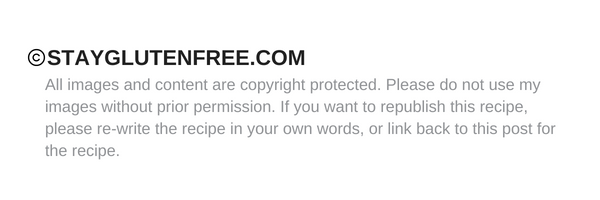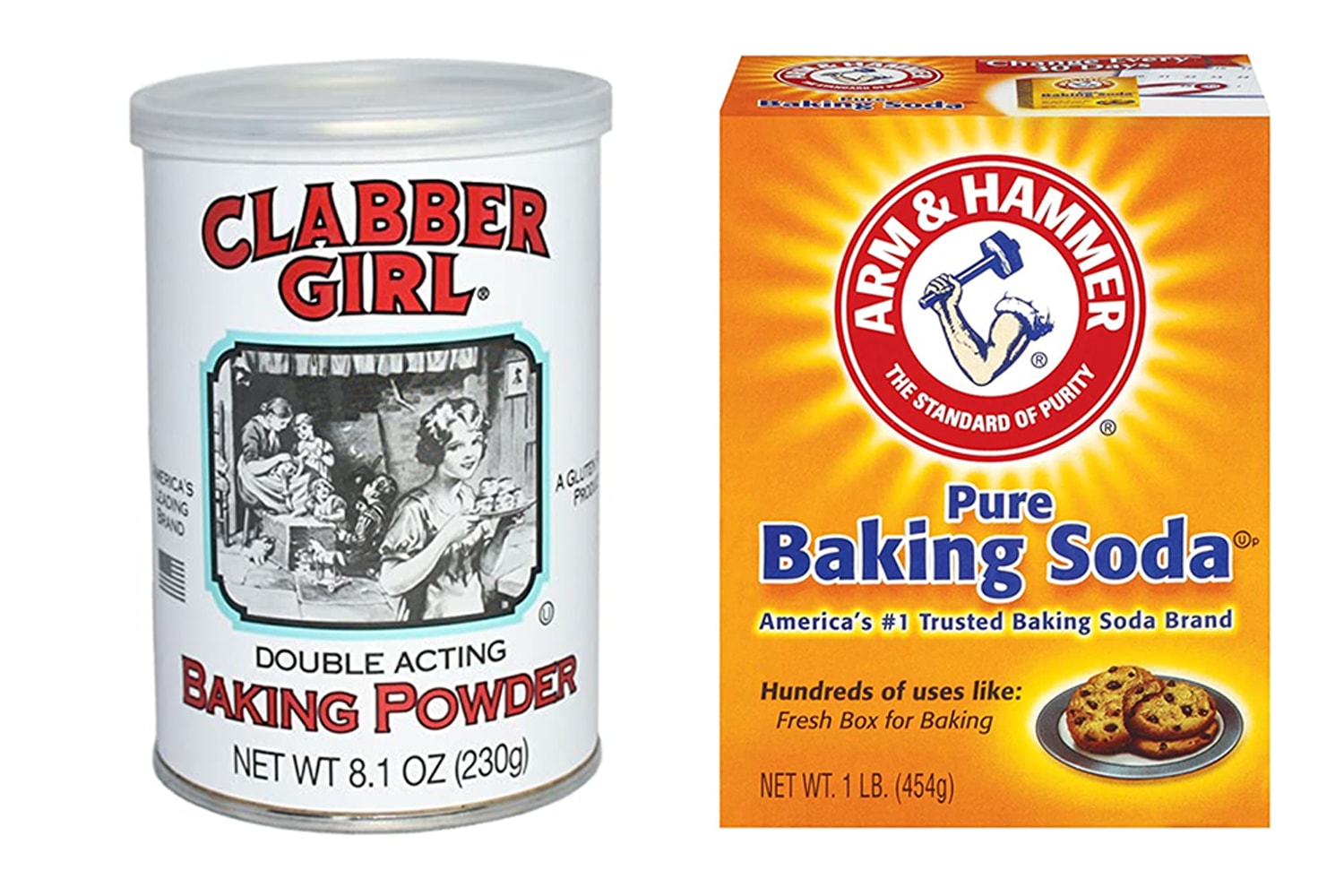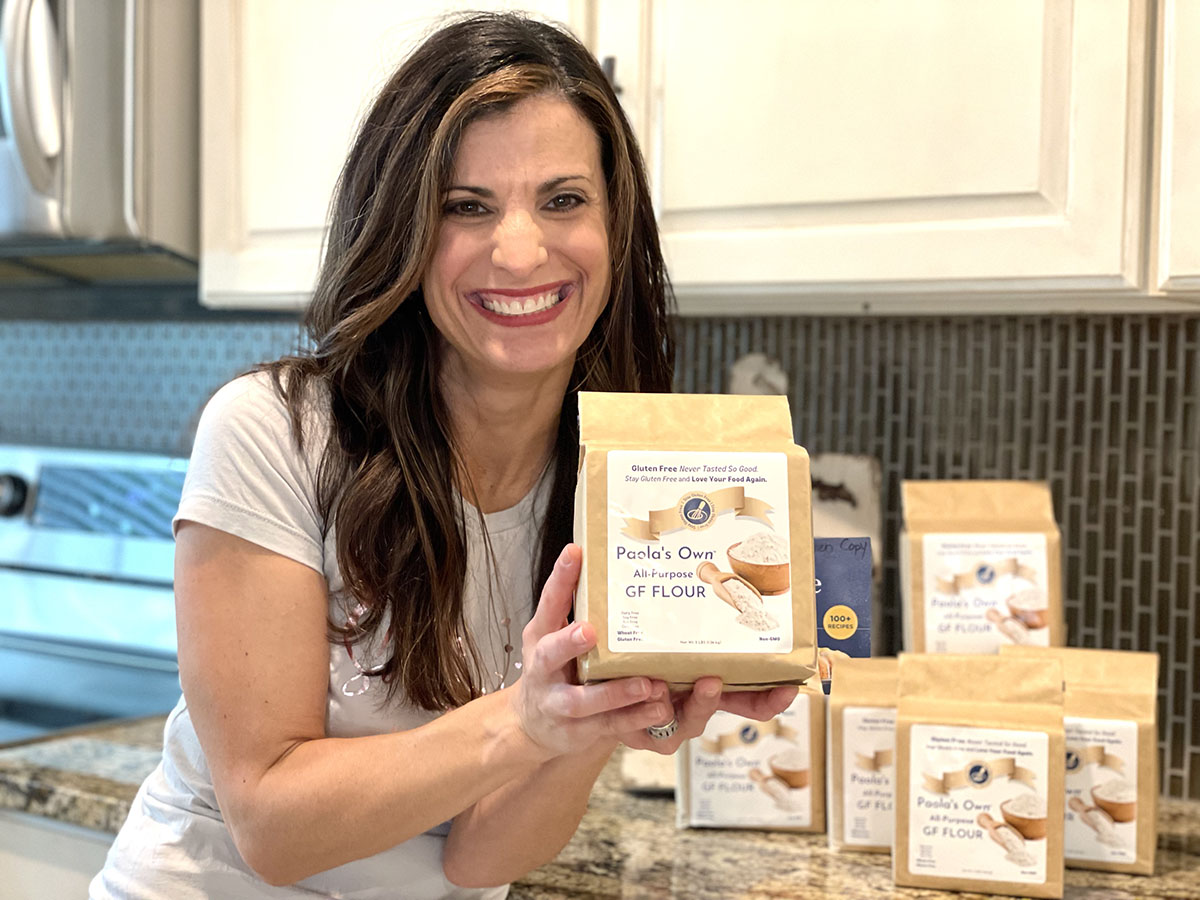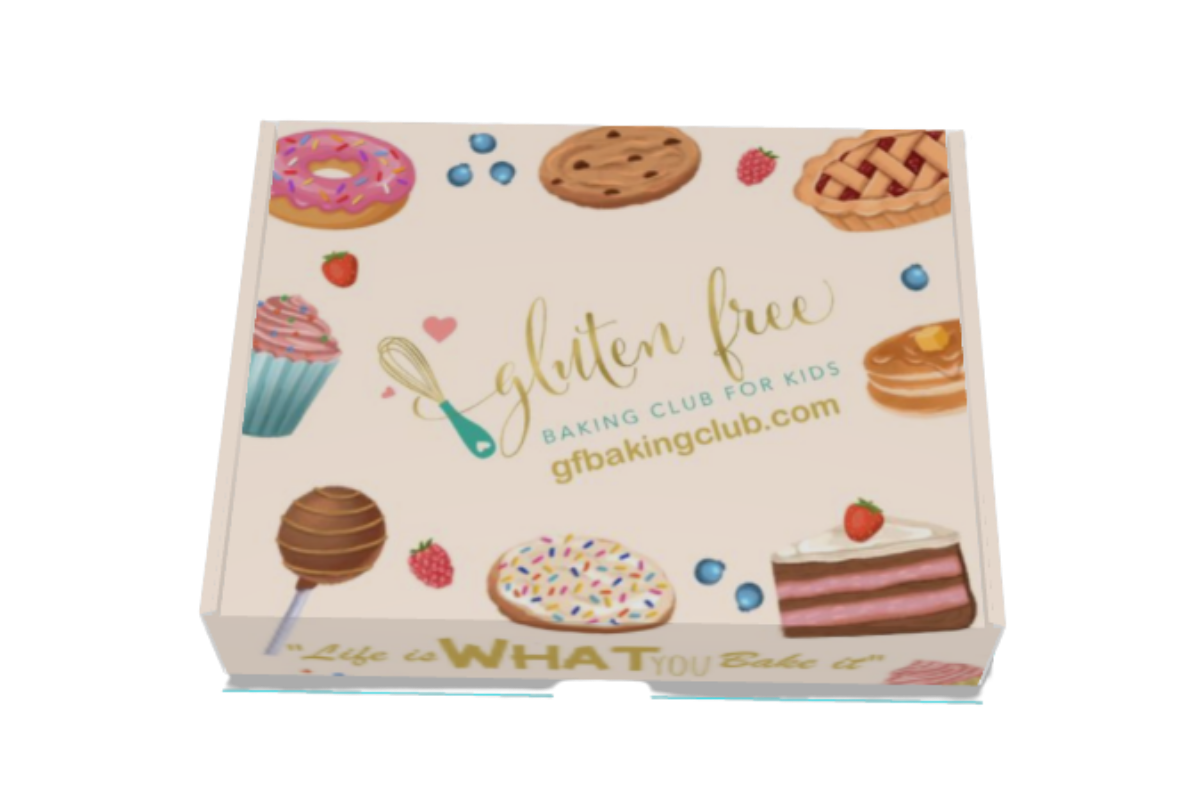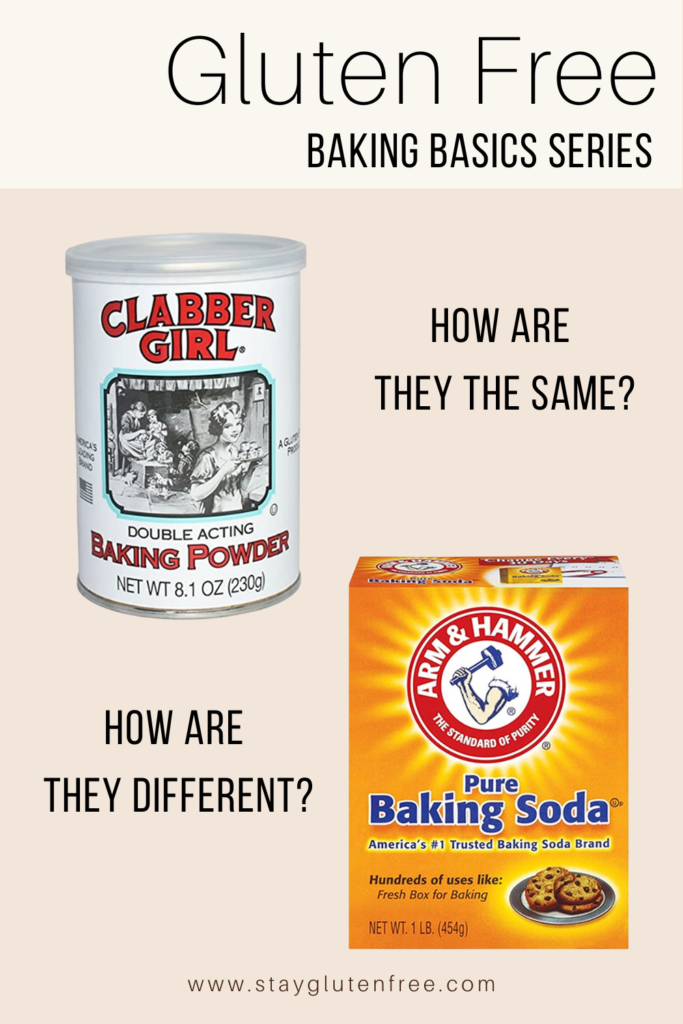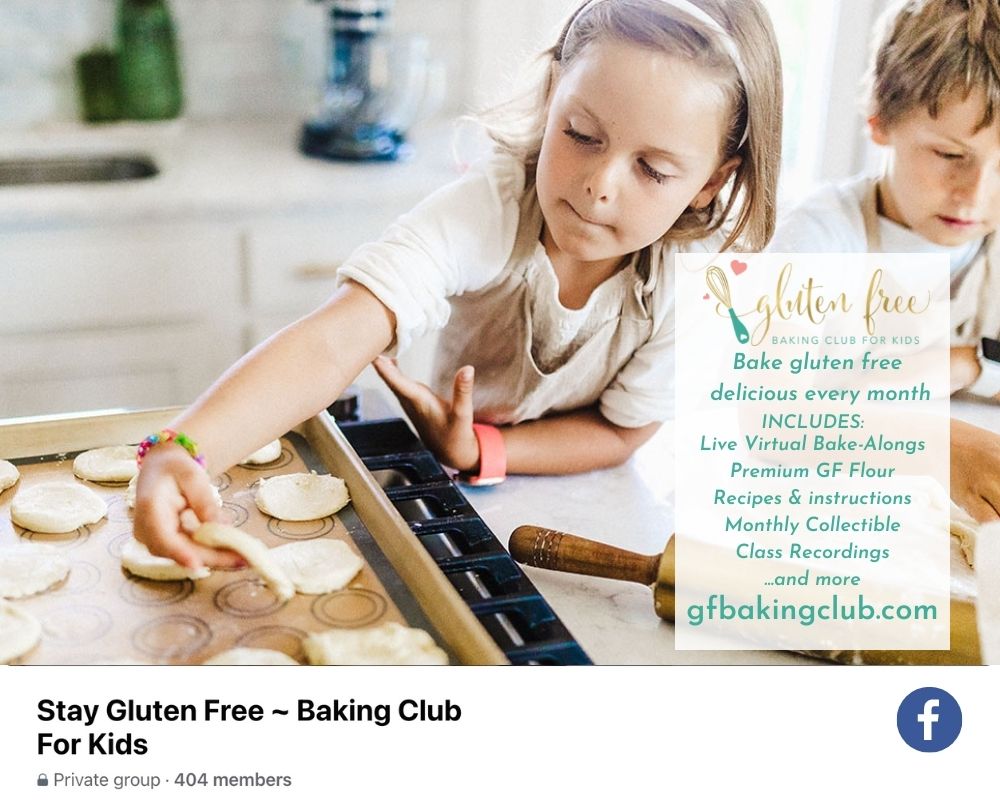Baking Soda vs baking powder, what is the difference?
Please note that this series on baking basics really addresses concepts in traditional baking. In each series I will do my best to also relate concepts to gluten free baking as well.
This is the topic that inspired this baking series.
If you remember, I made a typo and put baking soda instead of baking powder in one of my recipes for my bakers. Although, I caught the mistake in time, what if I hadn’t? What would have happened? Let’s read more about the two products to see how they are the same and how they are different.
When I first started baking gluten free, I had to also learn some baking basics. BUT, since I frantically had to learn gluten free baking, I was more focused on 2 things. The right gluten free flour (so important) and getting my gluten free pumpkin muffins to turn out right because for my child, these were his “bread” and the brand I was buying was being discontinued.
So what are baking soda and baking powder, how are they the same and how are they different?
By the end of this lesson, I want you to know baking soda and baking powder are VERY different. Baking soda has 3-4 times the power of baking powder. In fact, 1/3 teaspoon of baking soda is equivalent to 1 teaspoon of baking powder. They are very different in how they are made and what is needed to activate them.
AND
I want you to always follow the recipe, do not try to substitute one for the other. They are not interchangeable.
How are baking powder and baking soda the same?
Baking powder and baking soda are both chemical leaveners that work to create light textures in baked goods – but only under the correct conditions. They release gases, primarily carbon dioxide, through chemical reactions between acids and bases.
Let’s start with the similarities first because the list is smaller.
They are the same because they are:
- Leavening – They are both leaveners (A leavener is a substance that causes dough to expand the air bubbles that have been incorporated into the batter during the mixing process by releasing a gas (mainly carbon dioxide). This happens when it is mixed with a liquid, acid or heat.
- Tenderizing – As the gases are released, the cell walls in baked goods begin to stretch and thin. This results in a tender texture that is easier to eat.
- Provide flavor – Small amounts of these leaveners can provide a salty or sour flavor that can make some baked goods taste better.
They are both used to help our baked goods rise. Baked goods that do not rise are dense and hard.
How are baking soda and baking powder different?
Let’s start with some basic science. Afterall, baking is a blend of science, math, and art.
In school you will (or have) learned about acids and bases. Acids are usually defined by their sour taste. Examples of acids in baking are:
- Applesauce
- Buttermilk (we usually make this with 1 cup of milk + 1 tablespoon of apple cider vinegar)
- Honey
- Brown sugar
- Molasses
- Cream of tarter
- Lemon juice
- Orange juice
- Chocolate
- Naturally unsweetened cocoa powder (not dutch-processed)
- Coffee
Bases are known by their bitter taste and slippery texture. In school, you might do a litmus test to identify acids and bases. Acids and bases cause something that is called a chemical reaction. In baking, when they are mixed, the acid neutralizes the base.
In baking chemical reactions can take place at 2 different times. When you’re mixing the batter and when the batter is put in the oven (when heat is added).
What is baking soda?
Baking soda is a BASE. It is made of 1 simple ingredient called sodium bicarbonate and it requires an ACID (one of the ingredients from above) to activate it and make it work.
Baking soda reacts immediately. When it is mixed with an acidic ingredient (refer to the list above), it creates a gas called carbon dioxide. This gas is what creates the rise in our baked goods. Because the reaction happens immediately, with traditional baking, it is important to bake your goods shortly after the batter is mixed.
How does this relate to gluten free baking?
You will sometimes see in gluten free recipes, “let the batter sit” anywhere from 5-20 minutes to thicken. I’ve forgotten to do this before, and I have seen the difference “letting it sit” can have.
Letting gluten free batter sit or “rest” allows for the flour to hydrate and soften. This helps prevent your baked goods from having a gritty texture. This is especially beneficial for gluten free baked goods that have a shorter baking time like pancakes and cookies.
With cookie “batters”, I’ve found it to work best if you scoop the batter out on the baking sheet first and then let it sit.
Baking soda helps to:
- Make dough and batter rise
- Brown baked goods better
Make sure to use the right amount of baking soda. Using too much and not enough acid, can create a metallic, soapy after taste in your baked goods.
A good rule of thumb measurement is ¼ teaspoon per 1 cup of flour.
Baking soda expires, so always make sure your baking soda is fresh. This can be a fun little test for my bakers. This test is reminiscent of the “volcano” we all made in school.
How do I test my baking soda for freshness?
- Pour 3 tablespoons of vinegar (white distilled if possible) into a small bowl and add ½ teaspoon of baking soda. Give it a stir and watch the mixture rapidly bubble up. This means your baking soda is fresh and active. If there is no reaction it is time to replace it with a new one.
Another good rule of thumb is to write the date of when you open the container on the bottom or side of it. If you bake often, it is best to replace your baking soda every 3 months. If you don’t bake often, your baking soda could be good for up to a year.
Baking soda ONLY works properly when it is neutralized by an acid (one of the ingredients from above).
What is Baking Powder?
The reason some recipes call for just baking powder sometimes is because it is made up of sodium bicarbonate (baking soda – BASE), cream of tarter (ACID), and sometimes cornstarch. Recipes that only contain eggs, milk, flour and sugar and no other acidic ingredient often call for just baking powder. This doesn’t mean that you cannot use baking powder when an acidic ingredient is called for. You still can. This is where some experimenting is helpful.
Baking powder is more of a complete product because it does not require an acid for activation (it already includes one). It only needs liquid to activate it.
Baking powder can come in 3 forms:
- Fast acting – the reaction occurs at room temperature (when you are mixing the batter by combining wet and dry ingredients together)
- Slow acting – the reaction occurs when it reaches a high temperature (when the batter is in the oven)
- Double acting – 2 reactions occur. One while mixing the batter at room temperature and one while the batter is in the oven.
We most often see double acting baking soda in our grocery stores. If your container does not specify, it is often double acting. The other 2 types are mainly used in restaurants and by commercial bakers.
The first reaction that occurs is the main reason, in traditional baking, we cannot mix our batter ahead of time to bake later. Since the baking powder has already been activated, we want to use it quickly. However, as mentioned above, in gluten free baking letting our batter sit 5-20 minutes can be beneficial. Allowing it to sit longer, like 1-2 hours, may not work.
A good rule of thumb measurement is 1 teaspoon per 1 cup of flour.
Use the same technique of writing the date on the container when you open your container of baking powder. A container can stay fresh about 6 months. If you are an avid baker, replacing your baking soda every 3 months is wise.
How can I test my baking powder to make sure it’s still fresh?
- Stir 1 teaspoon of baking powder into 1/3 cup of warm water. If it fizzes, it’s OK.
Why do some recipes call for both?
When a recipe calls for both baking soda and baking powder, it usually calls for an acidic ingredient or two, but the rise it would get from just using baking soda isn’t enough for the amount of batter you’re making, therefore, we need some baking powder to help it get the lift we need. The key is to create a balance of acids and bases to get the proper chemical reactions both when you’re mixing the batter and when the batter is in the oven.
Acids and bases come together to balance out what is known as a PH level. Again, you learned (or will learn) about this in school. Things that have a PH level of 7 or below, are considered to be basic and things that have a PH level of 7 or higher are considered to be acidic. A PH level of 7 is neutral. Water is neutral.
Baking soda helps to elevate (make higher) the PH to help your baked goods brown better. Baking soda is responsible for the deep color in gingerbread cookies and it smoothes out the chocolate in brownies. But it can also lead to more spread and crispy edges in cookies.
Are you looking at recipes differently now? I certainly am.
Often, when a recipe doesn’t turn out, we think it is the recipe itself. But knowing how baking and a recipe really works can make all the difference.
Recipes that do not call for baking soda or baking powder in traditional baking often use yeast instead to be used as the leavener and create rise. But you will sometimes see that in gluten free baking we sometimes use yeast, baking powder and apple cider vinegar to help us get a good rise in breads.
We’ll talk more about that later.
There was a lot to learn in this lesson. Not all lessons will be this way, but to really understand the difference, I thought you should at least be presented with a strong overview.
I hope you are enjoying this series so far.
Stay tuned for more!
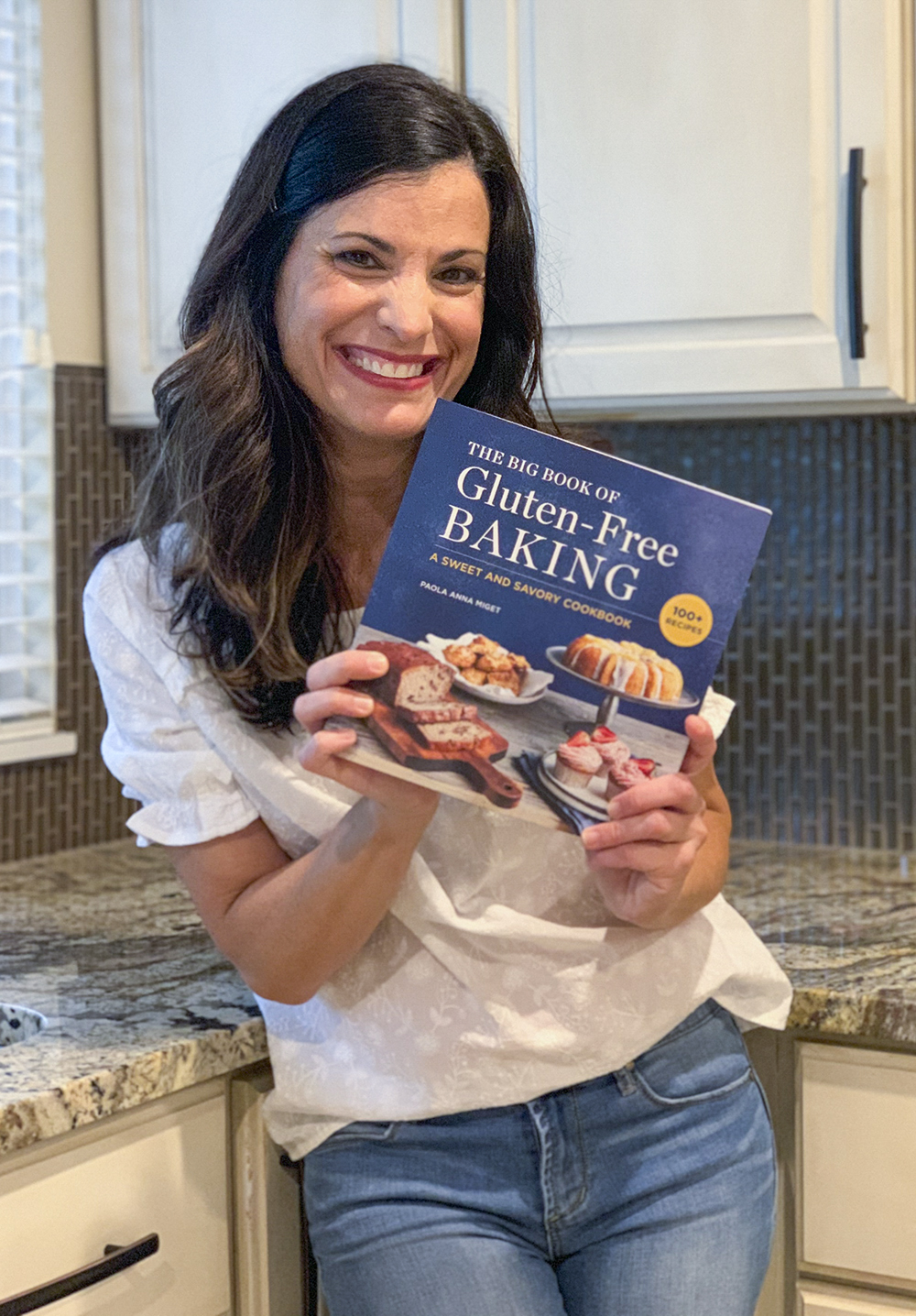
Paola Anna has helped thousands of people live a delicious gluten free life. Her gluten intolerance and her boys’ food allergies have inspired her to be an advocate for the gluten free community and create recipes that the whole family will love. You can sign up to receive new recipes and learn more about her GF Baking Club for Kids on her website stayglutenfree.com

